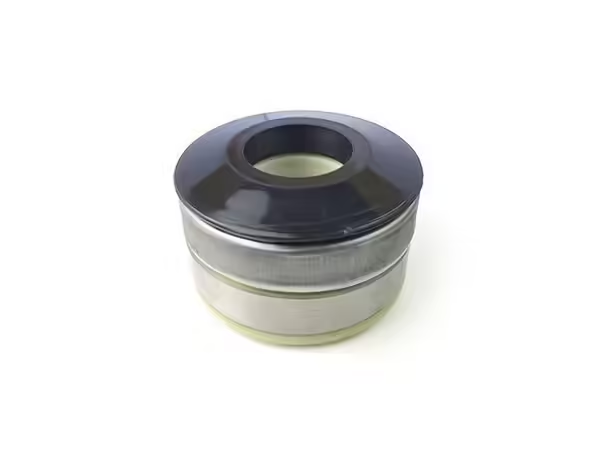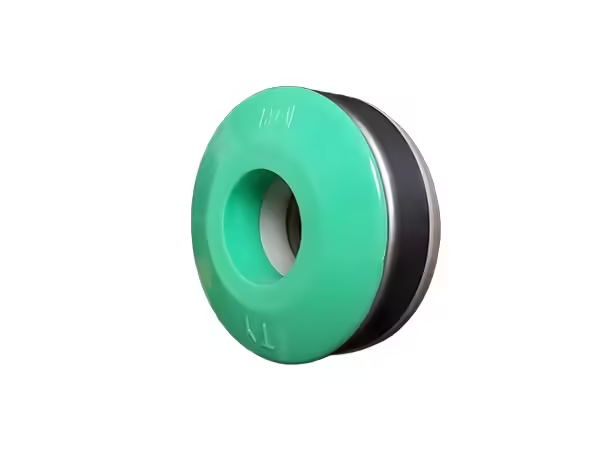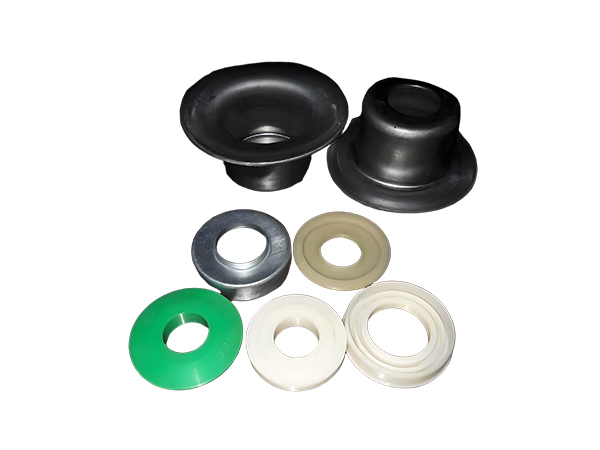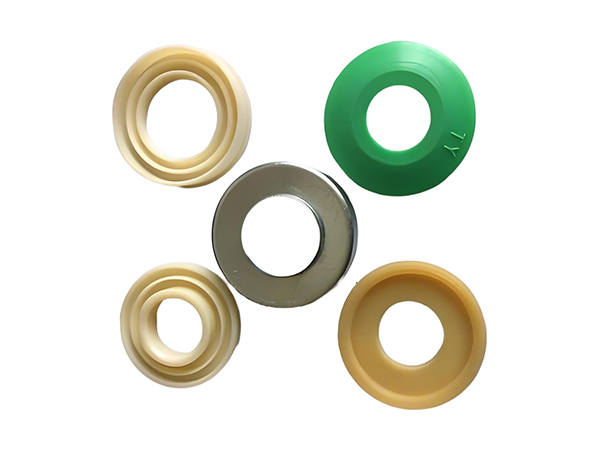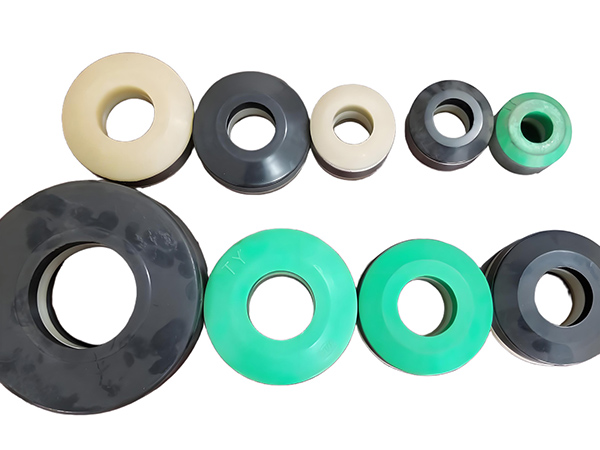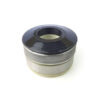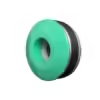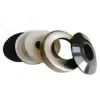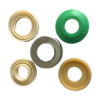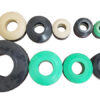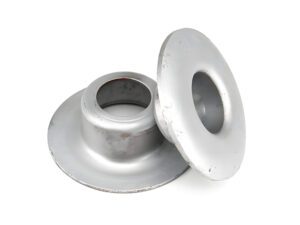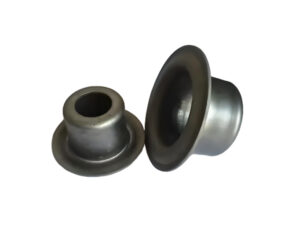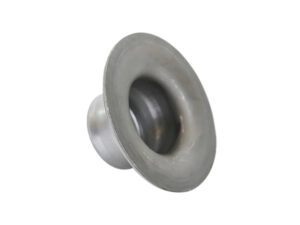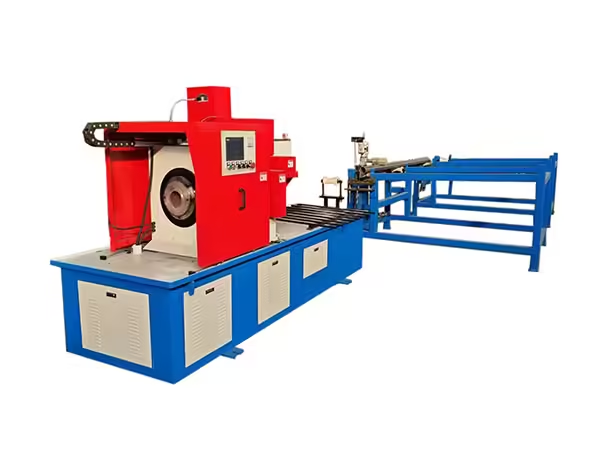Productos
Sello de rodillo TKII
El sello laberíntico TKII para rodillos es resistente al polvo y al agua, ampliamente utilizado en transportadores de banda. Está diseñado para soportar las duras condiciones de trabajo con alto contenido de polvo y humedad, como en minas de carbón y patios de materiales. El sello laberíntico TKII utiliza una estructura de anillo de sello anidado de doble capa. Los anillos de sello interior y exterior forman un canal laberíntico sinuoso a través de múltiples protuberancias y ranuras anulares. Este diseño reduce significativamente la entrada de polvo y humedad. Combinado con una carcasa de rodamiento de nailon con retención de aceite y sellos de labio de nitrilo hidrogenado, logra una combinación de sellado dinámico y protección estática.
The TKII labyrinth seal for idlers is a dust- and water-resistant seal widely used in belt conveyors. It is designed to withstand the harsh working conditions of high dust and humidity, such as coal mines and material yards.
The TKII labyrinth seal utilizes a double-layer nested seal ring structure. The inner and outer seal rings form a tortuous labyrinthine gap channel through multiple annular bosses and grooves. This design significantly reduces the intrusion path for dust and moisture. Combined with an oil-retaining nylon bearing housing and hydrogenated nitrile lip seals, it achieves a combination of dynamic sealing and static protection.
Material Optimization
Seal Rings: The inner and outer seal rings are made of oil-retaining nylon (PA6), which is self-lubricating, antistatic, and wear-resistant, reducing friction and preventing dust absorption.
Lip Seals: The inner and outer hydrogenated nitrile lip seals provide auxiliary sealing, and reinforced lip supports prevent deformation caused by abrasion by foreign matter.
Bearing Seat: A stamped, cold-rolled steel bearing seat (such as SPCC) fits snugly within the roller housing. The surface is phosphated for enhanced rust resistance.
Thermal Expansion Compensation
The labyrinth seals allow 2mm of clearance in both the axial and radial directions to prevent seizure due to temperature fluctuations and ensure stable operation in temperatures ranging from -20°C to 50°C.

